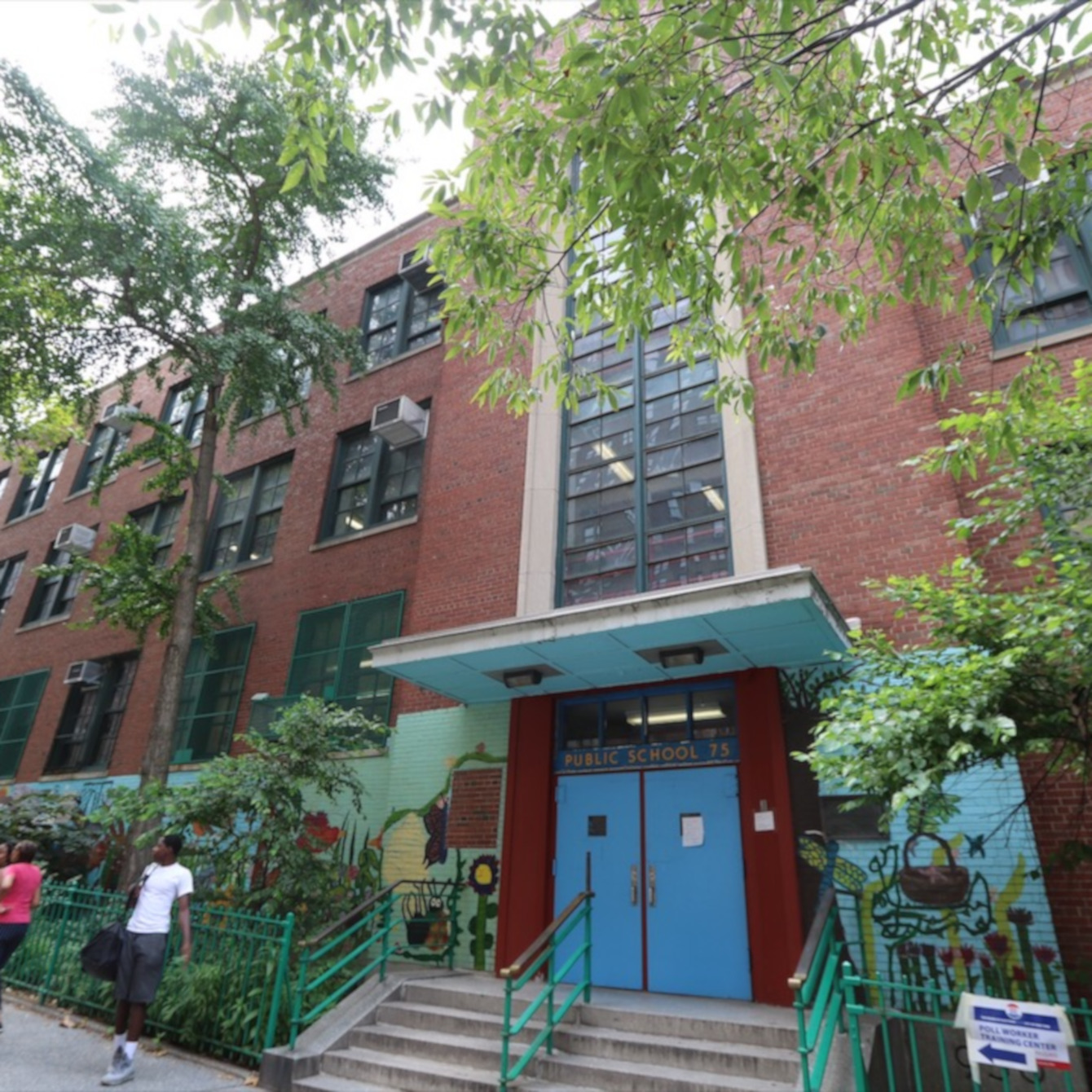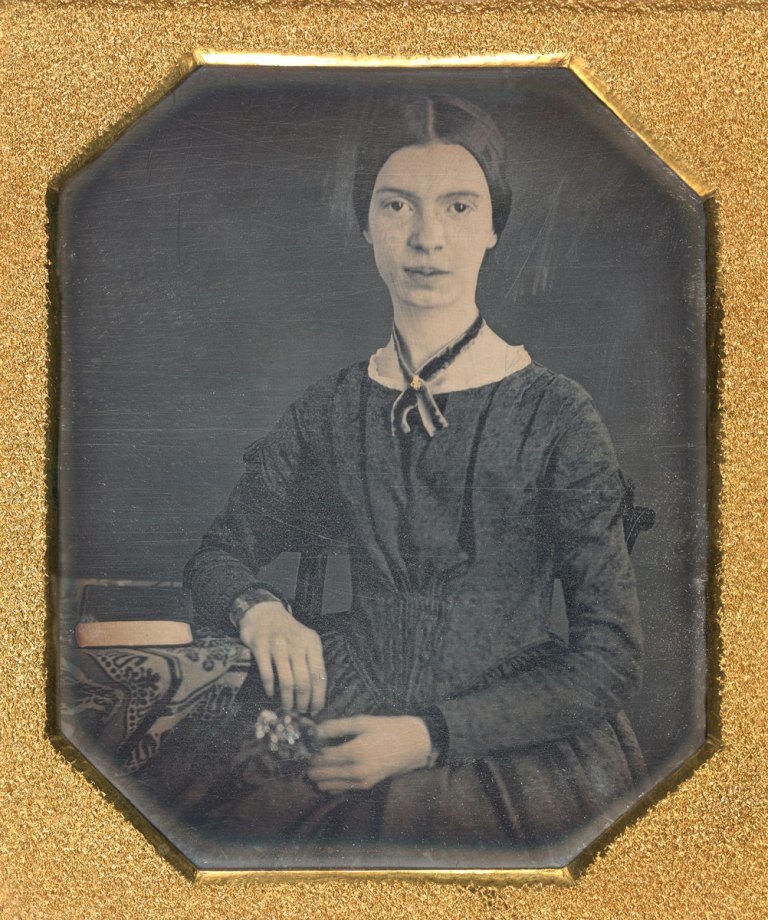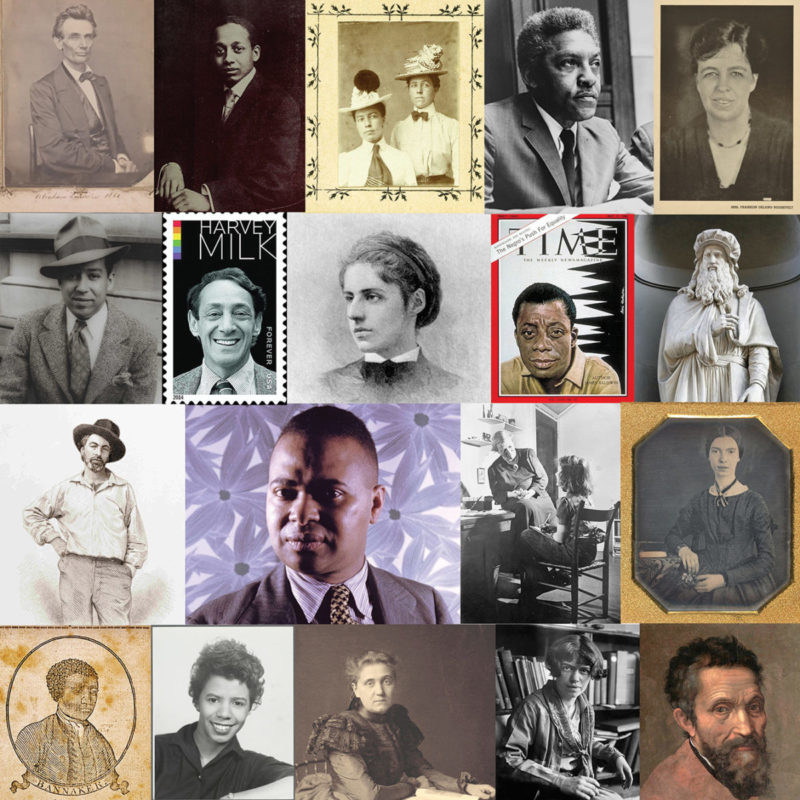
Emily Dickinson Public School 75
overview
Many New York City public schools are named in honor of prominent figures in American and world history.
Emily Dickinson Public School 75, in Manhattan, inadvertently honors an LGBT individual.
History
Many New York City public schools are named in honor of prominent figures in American and world history. The NYC LGBT Historic Sites Project compiled a list of the 25 public schools named after gay men, lesbians, and bisexuals, although only one — Harvey Milk High School — intentionally honors an LGBT individual. This list includes Emily Dickinson Public School 75, in Manhattan.
Emily Dickinson (1830-1886) is today considered one of the most important 19th-century American poets, though she was almost unknown in her lifetime. After attending a year at the Mount Holyoke Female Seminary in 1847, Dickinson returned to her family home in Amherst, Massachusetts, and spent the rest of her life there. She was quite prolific, writing over 1,700 poems, but only ten were published while she was alive. Her idiosyncratic style became appreciated largely in the 20th century.
Dickinson’s sexuality has long been debated, with numerous scholars deciding that she was probably a lesbian or bisexual. There is evidence of romantic attachments to women in her younger years, and to a very long relationship with her sister-in-law Susan Gilbert, who was a friend before Gilbert married Dickinson’s brother Austin and moved next door in 1856. This was the subject of the film Wild Nights with Emily (2018).
Entry by Jay Shockley, project director (February 2021).
NOTE: Names above in bold indicate LGBT people.
Building Information
- Architect or Builder: Eric Kebbon
- Year Built: 1948-50
Sources
“Emily Dickinson,” LGBT Project Wiki, bit.ly/3jdYPLH.
Maria Popova, “Emily Dickinson’s Electric Love Letters to Susan Gilbert,” Brain Pickings, bit.ly/39J9R8n.
Do you have more information about this site?
This project is enriched by your participation! Do you have your own images of this site? Or a story to share? Would you like to suggest a different historic site?

